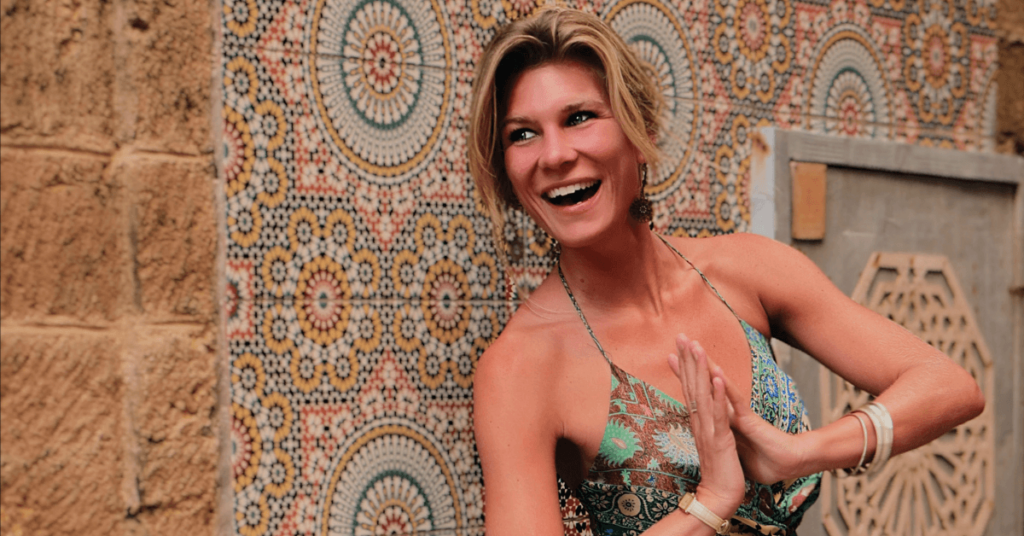You’ve all heard the terms at least once: self-care, self-love and self-esteem. In yoga, these terms are included in the Yamas and Niyamas. The Yamas and Niyamas speak about your behaviour, the way we treat ourselves and the world around us. They are the moral ethics of yoga philosophy. Complete the worksheet to really check your understanding and work on your self-care for your self-esteem!
Let’s first uncover the meaning of self-care and self-esteem:
What is self-care and what is not?
Self-care consists of activities that help you reach and maintain, mental, emotional and physical health. They could simply be getting a haircut, but they’re also about social, spiritual and professional experiences.
Online, self-care often looks like a spa day: a picture of candles, bubble baths, a moon ritual, a silent moment of journaling or a walk in the woods. And yes, these are great examples, but don’t meet everyone’s desires or don’t represent what we actually have access to.
Self-care can also be: ticking off your to-do list, going for a body pump workout, baking or gardening. It’s anything you do to reduce stress levels, make you feel relaxed (afterwards) and most importantly: something that you do for you, without trying to please anyone, because you see others do it, or because you think that ‘that’ is self-care.
Your type of self-care is influenced by many factors. It may look very different depending on your age, interests, profession, your lifestyle, the place you live, the tools you have access to and the people you interact with.
Self-care is often confused with being selfish, but being selfish means you do something at the cost of another. Self-care prepares you to be able to serve others better.
What is self-esteem and what is it not?
Self-esteem is usually defined as belief in your ability and value, and respect for yourself. But it’s actually got a lot to do with other people.
Self-esteem is based on your own achievements, but more so on the achievements of your parents, your classmates and co-workers, as well as the love you’ve experienced in your childhood.
Self-esteem has everything to do with your behaviour, your thoughts, your beliefs and the way you look at or even judge others and the world around you.
Having achieved less than your guardian(s) will often result in low(er) self-esteem. Naturally, we want to show our parents what we’re capable of, to make them proud, and do better than they have or be better than they are or were. Achieving more than the people around you can make you feel like you’ve accomplished what you think is expected, and this sense of victory can result in higher self-esteem.
The same goes when comparing yourself with your siblings, peers and classmates all the way back to primary school. Hearing or seeing that people you grew up with are doing better than you can easily make you feel defeated if your self-esteem is something you’ve not really worked on.
The way you were raised and the love you received in your childhood plays a big part as well. Conditional love; the love you receive only if you achieve high grades for example, will lower your self-esteem. Contrarily, unconditional love; feeling loved no matter what you do or have achieved, raises your self-esteem from a young age.
That said, these are factors that influence greatly, but the character you’re born with also plays a role. Some people are naturally more insecure than others, but it doesn’t mean that you can’t work on it. Low self-esteem will result in living your life in comparison to others, instead of living your life for you, your family and your friends. With this blog, I hope to inspire you to practise self-care and boost your self-esteem to live a more fulfilling life.
Why is self-care important for your self-esteem?
Self-care will help you to stay close to your needs, desires, and true self. It will help you understand what you need, instead of pleasing others. It will help you prevent burn-out, continue to improve and develop, make better decisions and face (daily) challenges. Proper self-care will recharge your energy to serve those and the things that you want to serve in the best way possible.
Taking care of yourself, checking in with your thoughts, beliefs, needs, desires and current situation will help you understand what you actually want to do with your life. And when you do what you love selflessly and without showing off or asking for affirmation or the attention of others, I assure you that you can truly live your most purposeful and fulfilling life.
Sounds romantic, doesn’t it?
I know this isn’t always an easy task and it requires work, effort, time, practice, patience, acceptance and support. This theme I feel strongly about because, you might have guessed it, I used to have very low self-esteem and knew very little about self-care.
I don’t regret or wish I had known earlier, because as cliche as it sounds, it has got me where I am now. The work, time and effort I’ve invested in myself has made it possible for me to work with you and, believe it or not, that plays a major part in my most fulfilling life.
But I’m not going to leave you empty handed now.
Download the worksheet by clicking on the button below and receive 4 tools to boost your self-esteem you can start implementing TODAY!
Continuing Education Membership
In the meantime, check out our Continuing Education Membership for multilingual yoga teachers. This membership offers professional and personal development for yoga teachers that want to start teaching worldwide; online or abroad. Develop your communication and teaching skills while obtaining continuing education hours with our live and recorded classes and teacher training sessions!








